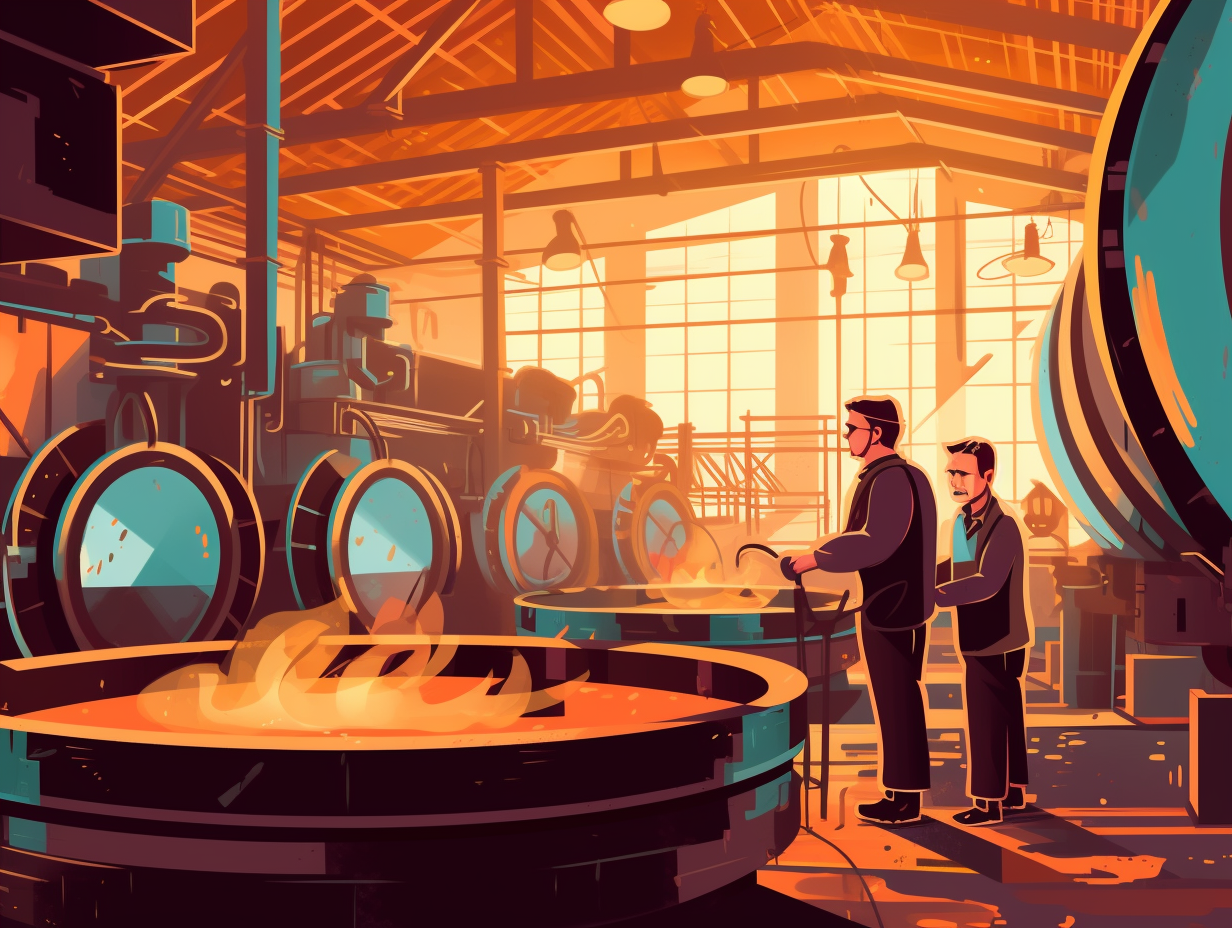Discover the Sky: Top 11 Amazing Fun Facts About Aerospace Engineering You Never Knew!

1. Concorde: Supersonic Tease
Talk about a need for speed: the Concorde, that high-flying silver bullet of the skies, zipped passengers across the pond faster than you can binge-watch a season of your favorite TV show! The serious reveal: Thanks to aerospace engineers, the supersonic jet whisked travelers between London and New York City in just over three hours, reaching the supersonic speeds of Mach 2. Unfortunately, high operating costs and ruckus-causing noise led to its retirement in 2003, making it more of a tease than a lasting transit treat.
Source => britannica.com
2. Vomit Comet: Student Experiment
When getting a degree takes your stomach for a ride: A team of undergraduate aerospace engineering students from the University of Central Florida saw their experiment fly high (and their lunches fly low) aboard a NASA airplane affectionately dubbed the "vomit comet." As part of NASA's Undergraduate Student Instrumentation Program, the students aimed to explore the early stages of planet formation through their innovative project, beating out stiff competition to become one of only 10 selected teams. Braving zero gravity-induced nausea for science, they conducted the experiment over three action-packed (and stomach-churning) days at Houston's Johnson Space Center.
Source => ucf.edu

Did you know that in 1995, potatoes were sent into space and cultivated into a superior variety called Quantum Tubers™? Discover how NASA, the University of Wisconsin, and Chinese agriculture techniques made this cosmic cultivation possible! 🚀🥔
=> Fun Facts about Rockets
3. CubeSats: DIY Space Exploration
Forget the sky, even space is no longer the limit for your average Joe with a soldering iron and a thirst for knowledge: CubeSats, tiny satellites costing as little as a used car, invite everyone from university scientists to DIY-enthusiasts into the realm of space exploration, leveling the playing field for new satellite designs and high-risk research that just might make space accessible for all.
Source => wilsoncenter.org
4. Blackbird: High and Mighty Jet
Talk about being high and mighty: the Lockheed SR-71 "Blackbird" jet not only held the world record for the highest altitude flown by a manned airplane at 85,000 feet, but it was also the fastest air-breathing jet, boasting a reduced radar cross-section and corrugated skin panels to withstand sky-high temperatures created by its lightning-fast speeds.
Source => en.wikipedia.org

5. Martian Matinee: Curiosity Rover
Behold, the Martian Matinee: featuring gravity-defying acrobatics, sonic boom-inducing parachutes, and a high-flying sky crane! With all the theatrics of a thrilling cosmic cabaret, it's NASA's Curiosity rover, starring in its $2.5 billion, two-year saga of exploring astrobiology and the geological mysteries of Mars, while hunting for potential signs of ancient microbial life in the dramatic backdrop of the Gale Crater and the layers of rock in Mount Sharp.
Source => reuters.com
6. Robo Raven: Feisty Feathered Foe
Who said birds of a feather flock together? Your friendly neighborhood Robo Raven is here to redefine those old sayings: The University of Maryland researchers devised a micro air vehicle with programmable wings that can independently flap and execute intricate aerial tricks, taking them eight years and an intense struggle to mimic avian precision. After a 2013 breakthrough, the Robo Raven became a soaring success – so much so, that it ruffled the feathers of local birds, leading to confrontations with a less-than-amused hawk.
Source => newatlas.com
7. Cosmic Rave Party: Space Electrical Show
Like a scene from an electrifying cosmic rave party featuring red sprites, blue jets, and elves: astronauts aboard the International Space Station have captured these rare electrical discharges above thunderstorms, while providing first-of-its-kind observations of kilometer-wide blue flashes and pulsating blue jets reaching 40 km in altitude.
Source => esa.int
8. Winglets: Airplane Energy Drink
Winglets: the original energy drink for airplanes, giving wings an extra pick-me-up! These nifty little vertical attachments at the wingtips help reduce drag and increase lift, leading to improved fuel efficiency and reduced CO2 emissions – sipping aviation fuel more daintily since the 1970s!
Source => linkedin.com
9. Moon Water: Rocket-Fueled Luncheon
Who needs a moonlit dinner when you can have a rocket-fueled luncheon? Moon water is the new utility provider in space-town: This precious resource, sourced from the lunar surface, is not only a potential rocket propellant that can reduce the cost of space missions but also an asset for future long-term missions, as it can be recycled as drinking water or used for bathing in lunar habitats.
Source => theverge.com

10. Invisibility Cloak: Ultra-Thin Metamaterial
Move over, Harry Potter and your invisibility cloak: Researchers at the University of California have created an ultra-thin metamaterial for UAVs that would give even the Weasley twins a run for their galleons. This high-tech combo of low refractive index Teflon and high refractive index ceramic bends light waves around objects, making them virtually invisible to electronic, infrared, or visual sensors – a stealthy upgrade perfect for military missions and securing top-secret mischief.
Source => interferencetechnology.com
11. Size vs Rockets: Thrust-to-Weight Ratios
Size doesn't always matter, especially when it comes to rockets having a blast: The Space Shuttle and SpaceX Falcon Heavy may have different thrust-to-weight ratios of 1.5 and 1.6, respectively, but it's the combination of mass, fuel efficiency, and payload capacity that truly determines their success in launching skyward.
Source => space.stackexchange.com
Related Fun Facts




















